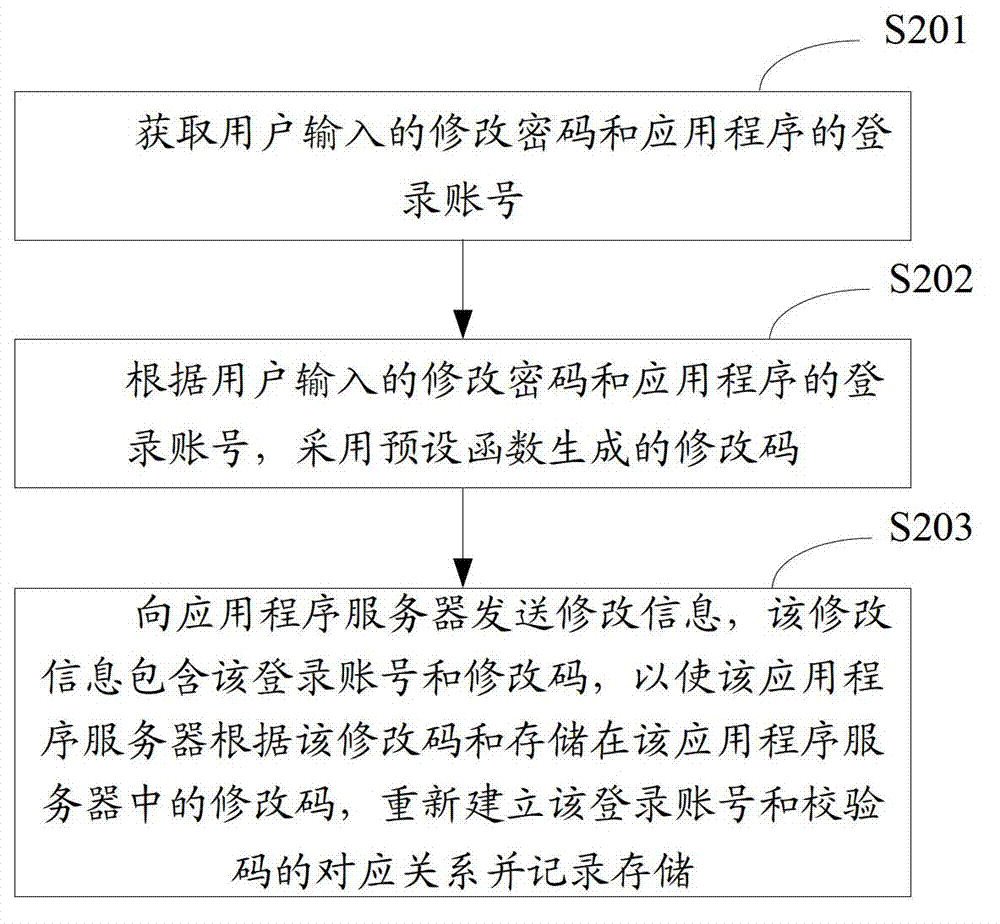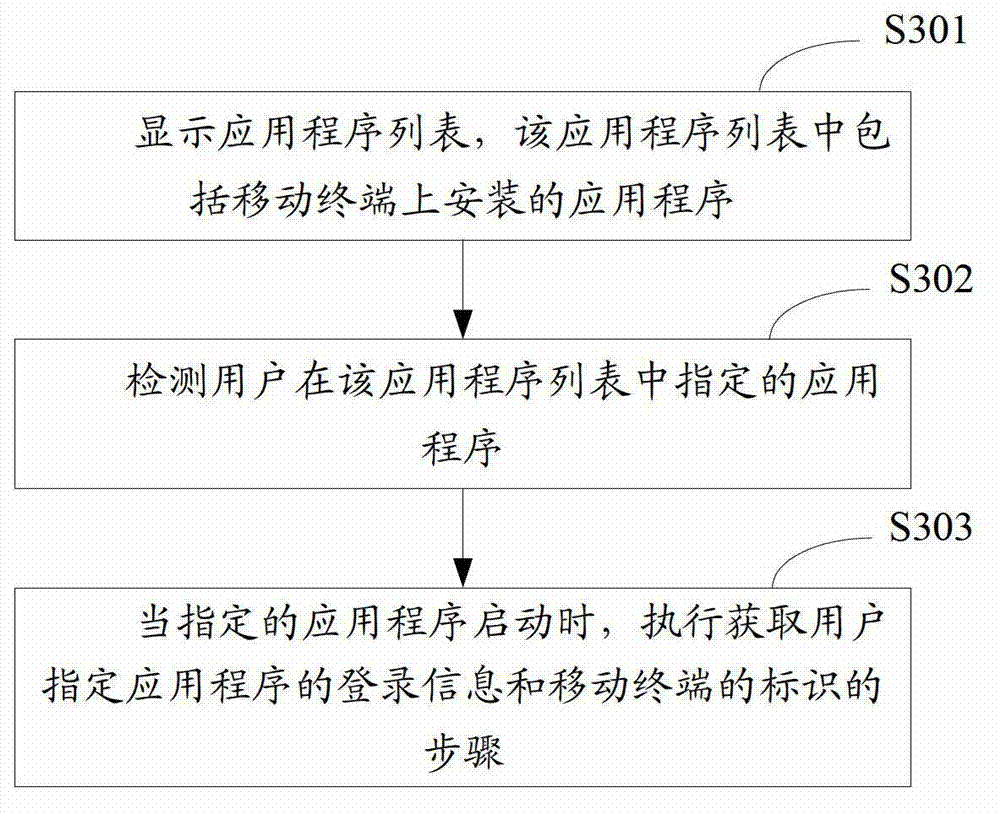Login and verification method for application program
A technology of application program and application program list, applied in the field of verification and application program login, which can solve the problems of user loss, achieve the effect of improving security and preventing illegal login
- Summary
- Abstract
- Description
- Claims
- Application Information
AI Technical Summary
Problems solved by technology
Method used
Image
Examples
Embodiment Construction
[0031] In order to make the object, technical solution and advantages of the present invention clearer, the present invention will be further described in detail below in conjunction with the accompanying drawings and embodiments. It should be understood that the specific embodiments described here are only used to explain the present invention, not to limit the present invention.
[0032] In the embodiment of the present invention, a login request is sent to the application server, and the login request includes login information and a verification code, so that the application server verifies the login information according to the verification code and the verification code stored in the application server. Since the identification of the mobile terminal is unique, the generated verification code is also unique. Therefore, when the generated verification code is different from the verification code stored in the application program server, the verification result of the login...
PUM
 Login to View More
Login to View More Abstract
Description
Claims
Application Information
 Login to View More
Login to View More - R&D
- Intellectual Property
- Life Sciences
- Materials
- Tech Scout
- Unparalleled Data Quality
- Higher Quality Content
- 60% Fewer Hallucinations
Browse by: Latest US Patents, China's latest patents, Technical Efficacy Thesaurus, Application Domain, Technology Topic, Popular Technical Reports.
© 2025 PatSnap. All rights reserved.Legal|Privacy policy|Modern Slavery Act Transparency Statement|Sitemap|About US| Contact US: help@patsnap.com



